Last week a dear friend brought her teenage Bernedoodle, Leo, over to meet Skip and Maggie. Leo was like Sheldon at a Comic Con Convention (can you tell I’ve been watching Big Bang Theory?)–all enthusiasm and no social finesse. This is Maggie after he tried to mount her head. (Please supply caption.)
In spite of his enthusiasm, Leo is a dear, sweet dog, but his owner asked for some advice about teaching him to come when called off their home territory when he is highly distracted. We did a little work, and he’ll be over again soon, but he got me thinking about how recall training isn’t as simple as it often feels. I was about to write a new post on the topic, and then remembered I’ve done that already. I wrote a post in August of 2017, and I offer it to you here, with a few minor edits:
When Willie starting working sheep as a youngster, he didn’t want to quit. This is a high quality problem with a young sheepdog, but it’s still a problem. At some point you just have to end the session. It’s a common problem too–I’ve seen scores of adolescent Border Collies zoom around the flock while the owner attempts to call them back and snap on a leash before the dog over heats. Or the sun sets.
This isn’t a challenge restricted to sheepdog owners. Who doesn’t need a dog to stop what it’s doing and come when called? When I asked blog readers what they’d like to talk about, this was one of the topics that came up regularly. I think that’s great, given my belief that all dogs need some freedom in their lives in order to be healthy and happy. Granted, that freedom might be inside a fenced area, but surely all dogs need a little autonomy. However, you still need to be able to call an off-leash dog to you eventually. I’ve seen plenty of client’s dogs who couldn’t be caught, much less asked to come, even inside a small area, so a solid recall is critical no matter how “freedom” is defined.
I’ve written about this before, but never laid out a list of the steps that I think are critical to developing a kick ass recall. I’ll get it started, but I’m counting on all you readers to add your expertise and experience to the mix.
1. Prevention Prevention Prevention. Granted, it’s not always possible, but the more the better. It’s hard to compete once a dog has learned that ignoring you means he gets to chase a deer or snarf down a McBurger wrapper. It’s not necessarily impossible, but it depends on the dog. My border collie Pippy Tay, seemingly the sweetest most obedient dog that ever lived, began ignoring me on country walks when she became an adolescent. I’m quite sure she was chasing an animal a few of those times. I went back to basics, including the prevention of more inadvertent reinforcements, some time on a long line, and in addition I introduced competition into the mix. I’d call all the dogs to come, and give high quality treats to all but the last dog who arrived. Three or four times food-loving Pippy arrived last, and watched the other dogs gleefully snarf down their pieces of chicken. Guess who began winning the recall race after just a few sessions?
Prevention means different things for different dogs in different contexts. A working sheepdog in training has to be off leash, but can be started in an area small enough that you have some control. Every dog, and every context is different. But in general, do all you can to work with a dog until you are truly confident you can call her back in Context A before moving to the more challenging Context B.
2. Winning is Everything. Start teaching a recall when you can’t lose. No distractions. Your dog practically beside you. The perfect reinforcement. (I like to vary the reinforcement, so that the dog learns that “If I come when called, I’ll be happy,” not “If I come when called, I get X”. What if she doesn’t want X right now?) Whatever you use, be sure that it truly is a reinforcement for your dog. Slappy pats on the head, we all need to remember, are punishments, not reinforcements. I almost always use food–great food–to start, then quickly add in play, chase, belly rubs, cooing praise, releasing on a walk, working sheep, or whatever the dog wants.
If you’re not sure which reinforcement to use, use the Premack principle. Simply stated, one uses a “high probability behavior” to reinforce a “low probability behavior”. This is just another way of saying that if your dog does it a lot (by choice), then he must like to do it. An clear example comes again from working with sheepdogs. Willie, for example, didn’t want to stop working sheep. If I let him loose around sheep, he’d begin working them–a high probability behavior. So high, as a matter of fact, that that was the problem. He wouldn’t stop. Perfect! All I had to do was get him to stop momentarily by blocking his access to the sheep with my body, and reinforce that by letting him work the sheep again. That evolved into stopping for longer periods, then coming toward me when called, then leaving the sheep even if a hundred yards to me and running like Lassie to me at twenty miles an hour, his face shining with happiness. That’s all because he learned that stopping and running to me meant he got to work the sheep again, some of the time.
This is relatively easy to generalize to any dog. Does your dog like to chase? Then make chasing the reinforcement for, well, not chasing. Sounds ridiculous when I put it that way, but that’s the bottom line. Does she like to chase balls? Then teach her if she is ahead of you and starting to move away, she’ll get to run after a ball that you threw behind you. I begin early recall sessions by running away from the dog and letting her chase me as a reinforcement. I usually add in food or play when they catch up, but dogs who love to run after things love to run after you too. Just be sure they don’t get nippy when they arrive.
Setting up success relies on understanding how to gradually increase the difficulty level of the recall. Distance, Distraction Level and Pace of the dog are all factors that need to be considered separately. Once you’ve done it enough it becomes automatic, but it does take experience to learn to consider each of the factors as separate issues. Pay attention to those three things, and you’ll learn quickly not to ask for a recall when the dog is in a distracting environment, already running away and a good twenty feet from the owner. Your mantra must be to increase the difficulty level one factor at a time: Low distraction level, dog close by but beginning to run forward away from you. Dog close by, only walking, but several distractions. No distractions, dog trotting away from you, but farther away than usual. You get the drift.
3. Reinforce the turn toward you. If your dog was focused on a chipmunk, but turns his head to you when you call, he’s already done much of what you’ve asked. After all, a “recall” isn’t just running to you. The first step is taking his attention off what he was focused on to begin with, so don’t wait until the dog gets to you to provide reinforcement. The second your dog’s head turns toward you and takes even a half of a step forward, reinforce her verbally. Use Good! or Woo Hoo! or Yay! or Click with your clicker, but let your dog know that shifting his attention from the chipmunk and onto to you means good things are going to come. (Be sure to “load” up any verbal praise, or secondary reinforcer, with food or play, whatever is a primary reinforcer for the dog.)
4. Teach Stop on Cue. It only took me a couple of years of working with dogs to realize that, as mentioned above, a recall includes several behaviors. 1) Stop what you are doing. 2) Change your focus onto me. 3) Turn around toward me. 4) Come toward me. 5) All the way.
Teaching a dog to stop when asked–first things first–is one of the keys to getting a dog to stop running after something and come back to you. My method is relatively simple: Decide on your ‘stop’ cue, have treats that your dog adores, start walking forward with your dog beside you or one step ahead, say the cue quickly and emphatically, reinforce the slightest pause or look in your direction. Repeat a few times, but don’t over do it so it becomes boring. Gradually, over time, gradually and SLOWLY (I am sort of yelling [not at the dog!] because this seems to be the hard part) increase the difficulty. Only change one of the factors mentioned above at a time–Distance, Distraction, Pace–and again, set the dog up to win. I mostly use this in real life when a dog is moving fast away from me, for example, if Skip sees a deer and would chase it if I didn’t stop him.
If your guess is wrong about your dog’s response, perhaps he continues trotting down the path when you thought he’d stop, either clap like crazy to get his attention on you and run the other way, or say “Okay!” if you think he’s on a mission and won’t respond at all. I honestly have no idea if pretending you released your dog helps to build a reliable recall, but it feels good, and surely that counts for something. Then evaluate the factors, and go back a few steps.
Choose your cue carefully. Make sure it can come out of your mouth fast and furious, because that’s what will happen if your dog flushes a deer while walking in the woods. My Border Collies have to lie down on cue while working sheep, so I’ll often use a lie down cue to get them to stop in other contexts. It’s just something my brain is programmed to do and a cue they are used to hearing when they are moving fast in any direction. If you ride horses, “whoa” might be a good cue, but whatever it is, it needs to be short and carry well over distance.
You can tell I think a trained stop is important, because I’ve written about it twice before. See Safe Off Leash? from 2013 and The Importance of an Emergency Stop from 2009.
5. Repeat repeat repeat. And reinforce reinforce reinforce. Never stop reinforcing this behavior. Not every time, and not necessarily for responses when all the stars were aligned, but running and chasing is such a natural behavior for a dog that stopping a chase and coming back to you is basically a circus trick. When I walk my dogs off the farm, about every tenth trip or so I will practice an emergency recall when the dogs are a good 40+ yards ahead. When they get to my feet the food flies out of my pockets, and I know that next time they flush a deer or are about to dash toward an algae-filled stream I know I can count on them to respond when I call.
6. Be realistic. Adolescent dogs are famous for forgetting everything they’ve learned as a puppy, so don’t hesitate to go back to prevention for a few months, even if your dog was a star pupil as a youngster. Some breeds are designed to respond to you, no matter what. Others, not so much. There’s nothing like being the owner of Border Collies and Great Pyrenees to be reminded of the influence of genes on behavior. I never would have taken either of our Great Pyr’s on an off-leash walk in the woods away from the farm, while I could walk the BC’s off leash in a city if I had to. (But I wouldn’t. Just the thought of it makes me nervous.
7. Use all the resources available. There are lots of good books and videos out there to help you create a dog who is reliable off leash. I love Leslie Nelson’s work on recalls: Check out her Really Reliable Recall DVD. Kickopup has a great video on teaching a dog to come through distractions. If your dog loves to chase livestock or wild animals, a great resource is a book by Clarissa von Reinhardt in her book Chase! Along with a section in my Learning Center, there are so many other great resources out there. Don’t hesitate to use them–no need to reinvent the wheel here.
8. Ask the village. Now I turn it over to you. What’s your experience been with teaching dogs to come when called? What works and what doesn’t, with which dog(s)? Tell us how your dogs have varied in their response to recalls. What resources have you found most helpful?
MEANWHILE, back on the farm: Skip and I had a ball working together to get the sheep shorn. Here he is explaining to the sheep that he’ll be soon moving them into a smaller pen (out of sight, on the right) to be shorn.
However, the experienced ewes knew what was coming, and explained back to Skip that they’d rather not get a hair cut that morning. I wish wish WISH I had thought to video Skip easing the sheep into the pen. He was, I say with total objectivity, brilliant. He was so quiet, so calm, and yet so committed. At one point he had the flock in the mouth of the pen’s gate, but they still wouldn’t budge. He literally had his nose touching one’s back leg. Finally, he gently, ever so gently, nipped a leg, and the sheep were in the pen in seconds. Skip can be a complete idiot about some things sheep-related, but he has no peer when working in close.
Jerry Ace, our shearer for many years, is trimming hooves in the photo below. Jerry is expensive and slow, and the latter is why we love him: He is gentle and kind and makes it as stress-free as possible for the sheep. Of course, they don’t enjoy it (as they make clear by not wanting to go into the pen), but without shearing some of them would suffer from a variety of problems. I don’t enjoy the dentist either, but I know I need to go.
Here’s the flock after shearing, Skip has brought them out of the barn pen and then they headed by themselves for the upper pasture beyond the woods.
Here’s Skip watching the sheep move up the hill toward the upper pasture. I’m not sure I have ever seen him happier than when we walked back to the house together, after spending over two hours in the barn together. “You and me, just you and me, doing farm chores. I’m a workin’ dog, yes I am.” It made my heart sing.
Here’s a bit more delight for us flower lovers: These snow drops are still blooming, even though they bloomed over a month ago, a month early. The weather is so weird it’s crazy-making (I told Jim “This is a nightmare for gardeners!”), it got so warm so fast it’s hard to know how to proceed–uncover those plants you’ve been protecting from frost that are already full of green shoots, when the last frost day traditionally in Wisconsin is mid-May? But, still. Delight in these hardy, early spring flowers, that laughed off a temperature swing from 70 to 14 in less than twelve hours. A reminder to me to be flexible and accepting?
Here’s to delight, no matter what form it comes in–whether it’s doing real-live farm chores or soaking in the the unexpected beauty of green against an all-brown background. I hope you have plenty of delight in your week too, including telling us about your experiences teaching great recalls.

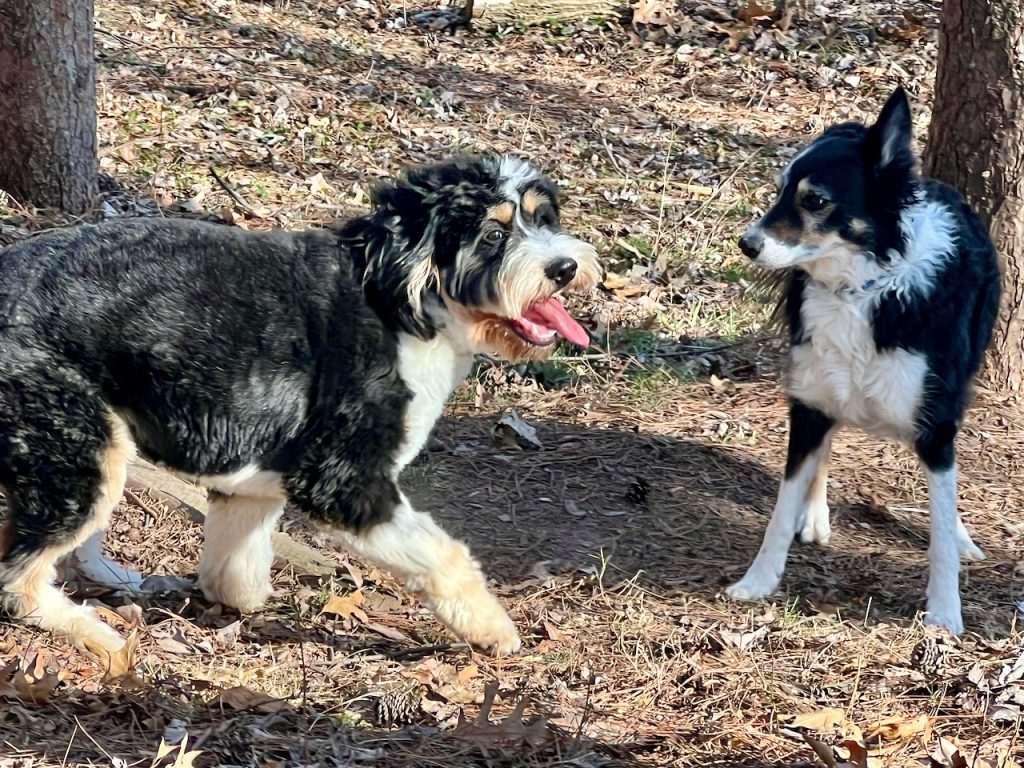
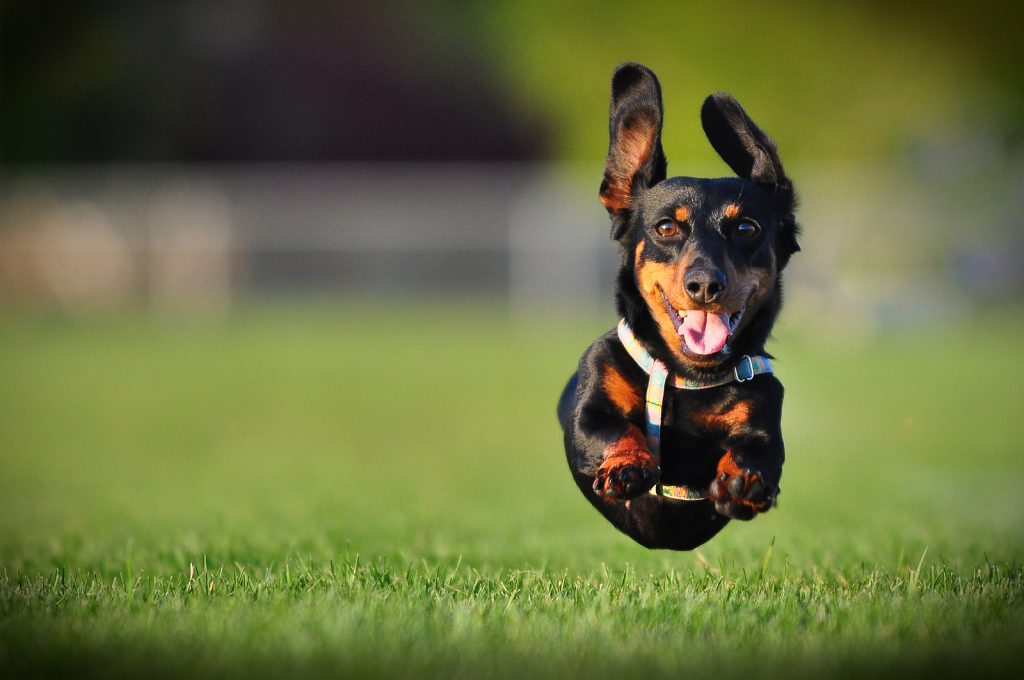
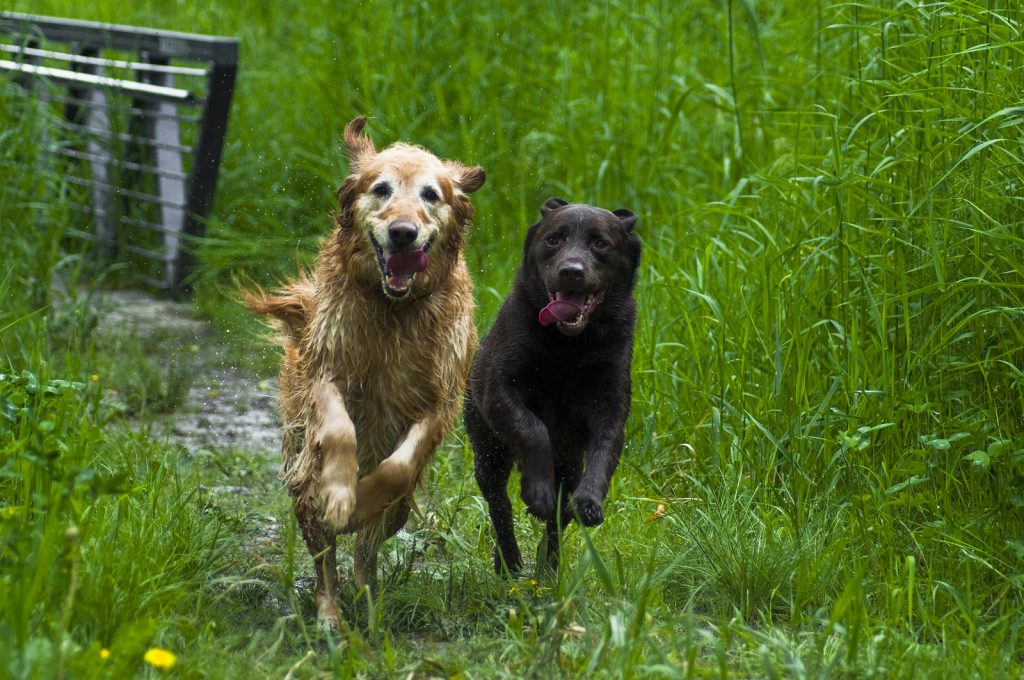
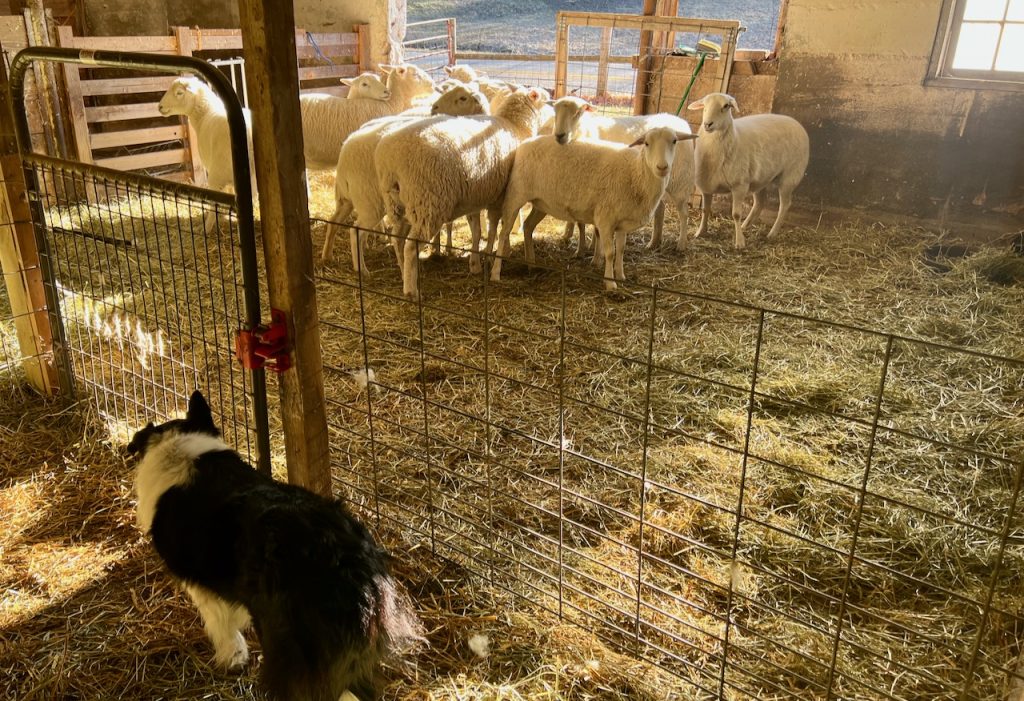
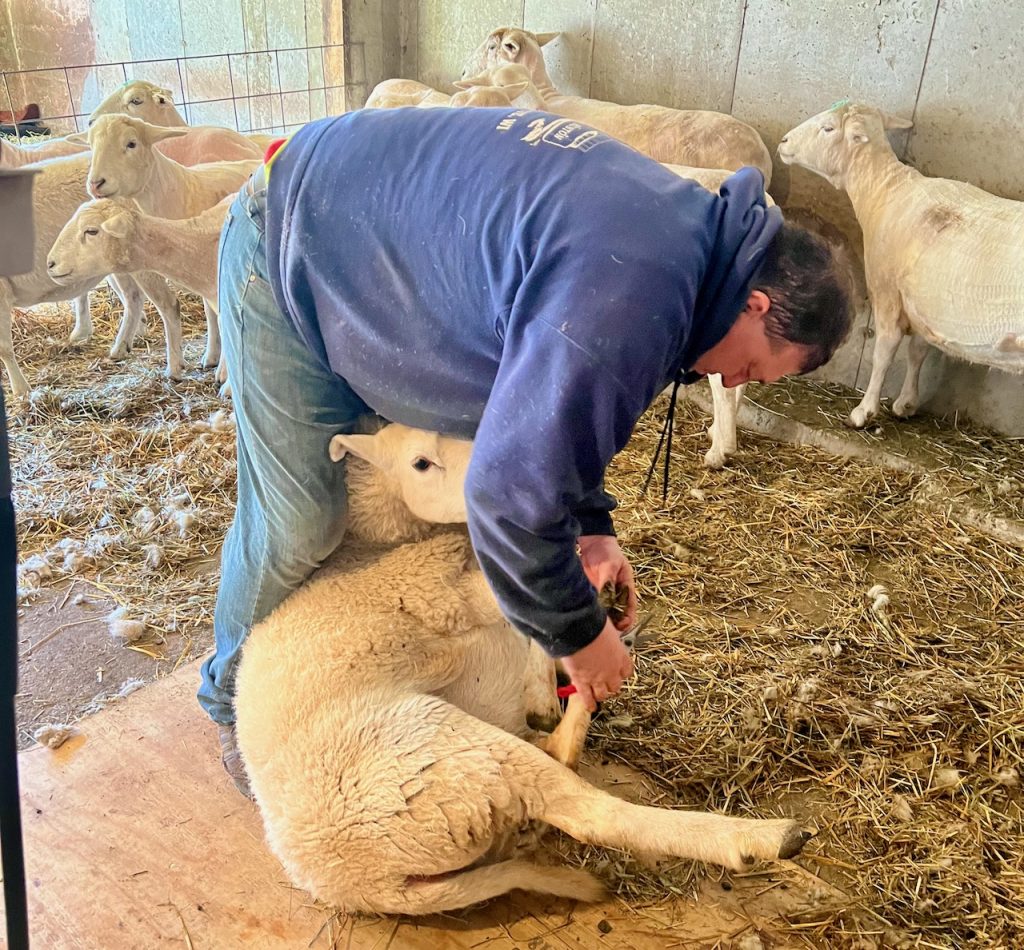
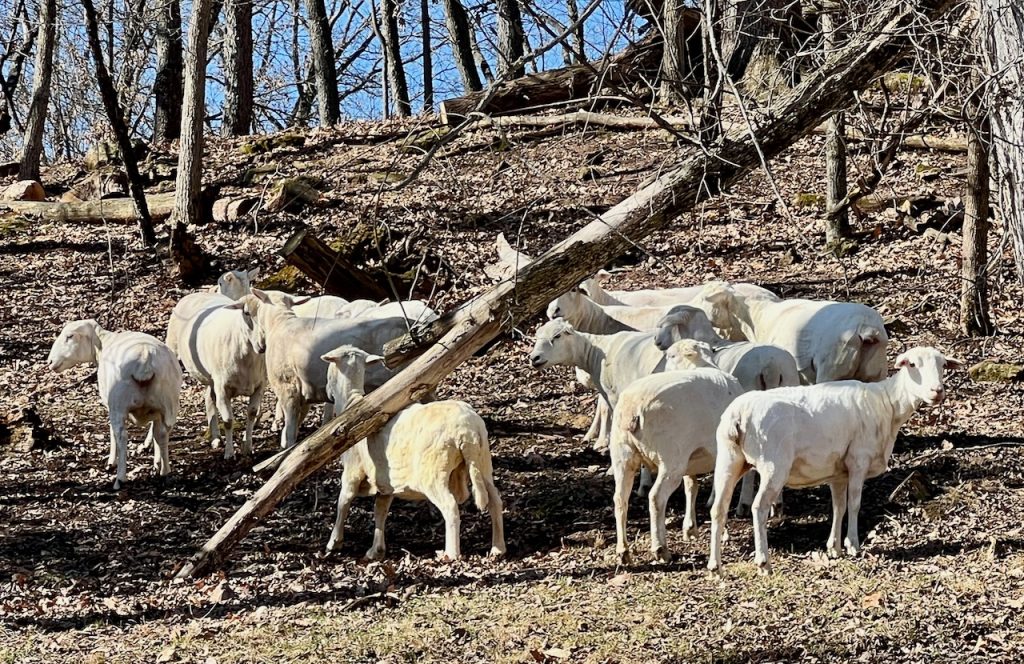
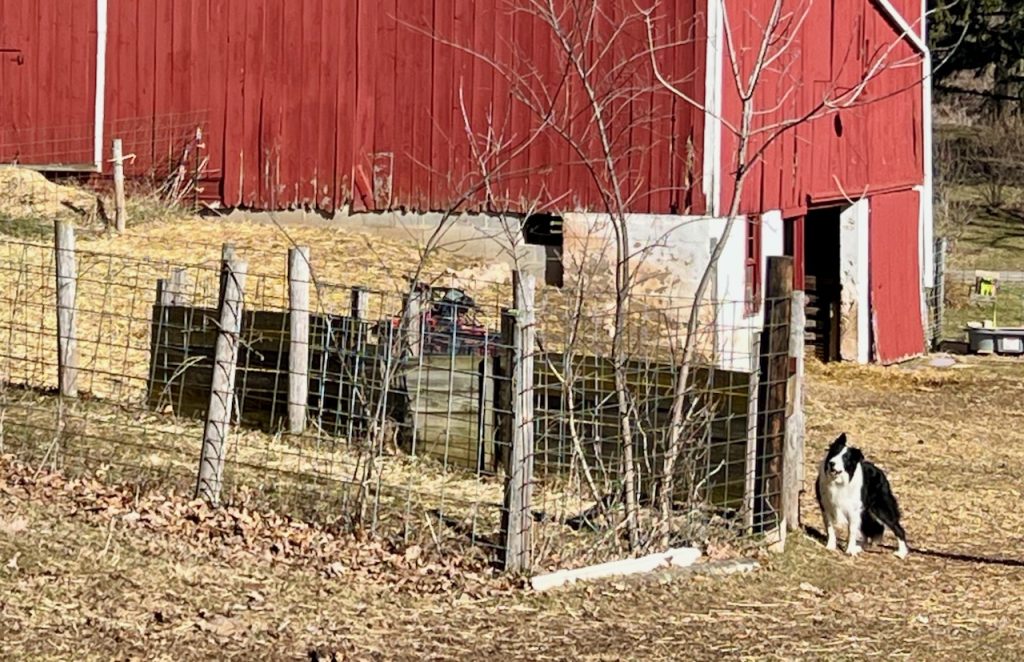


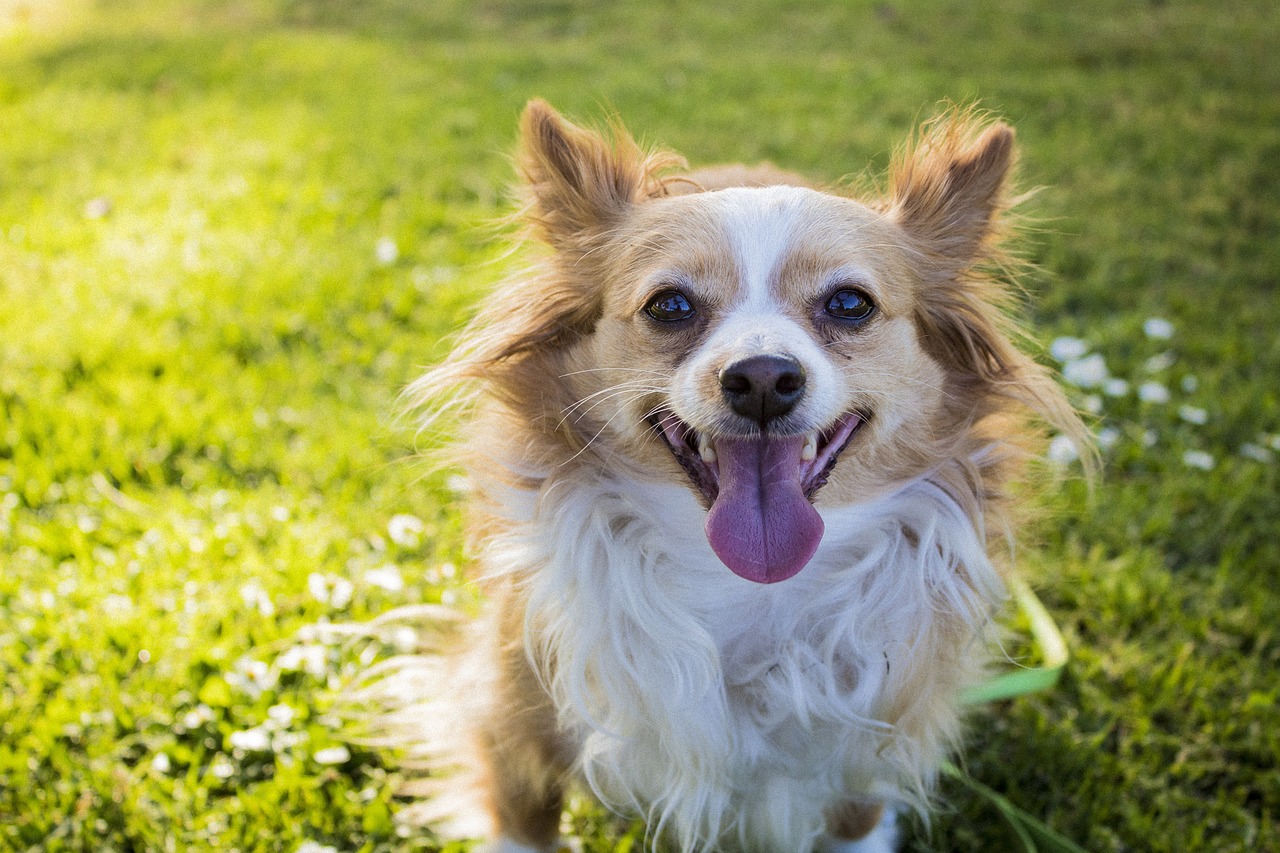
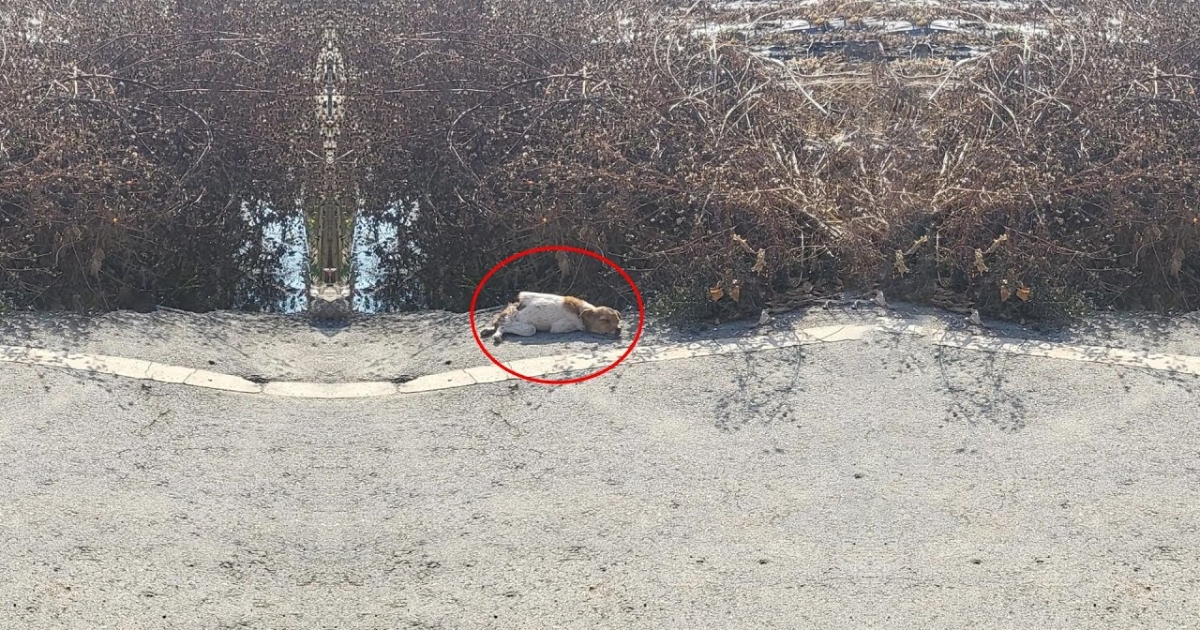
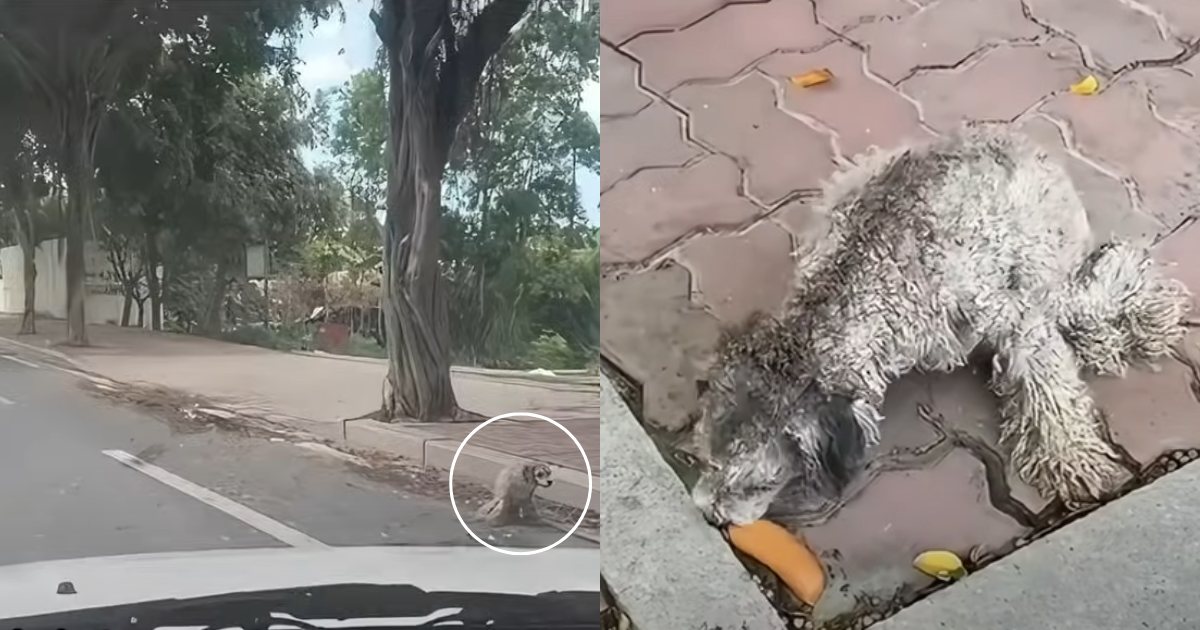

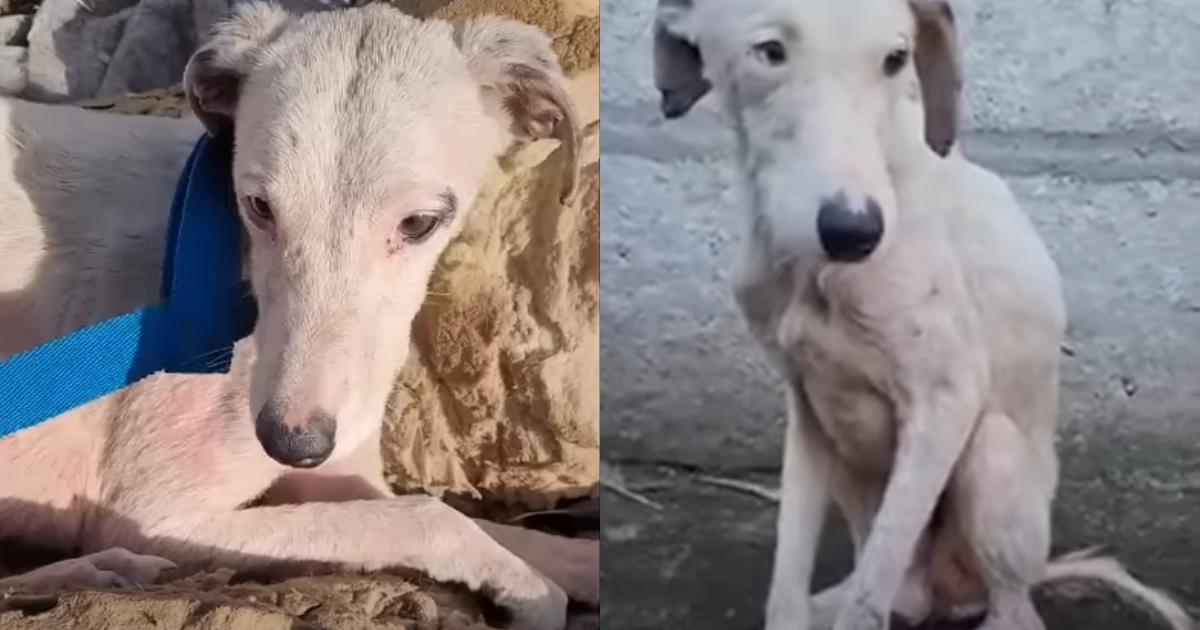
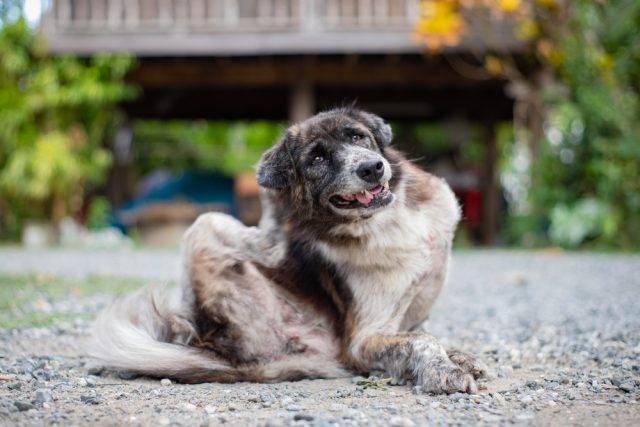
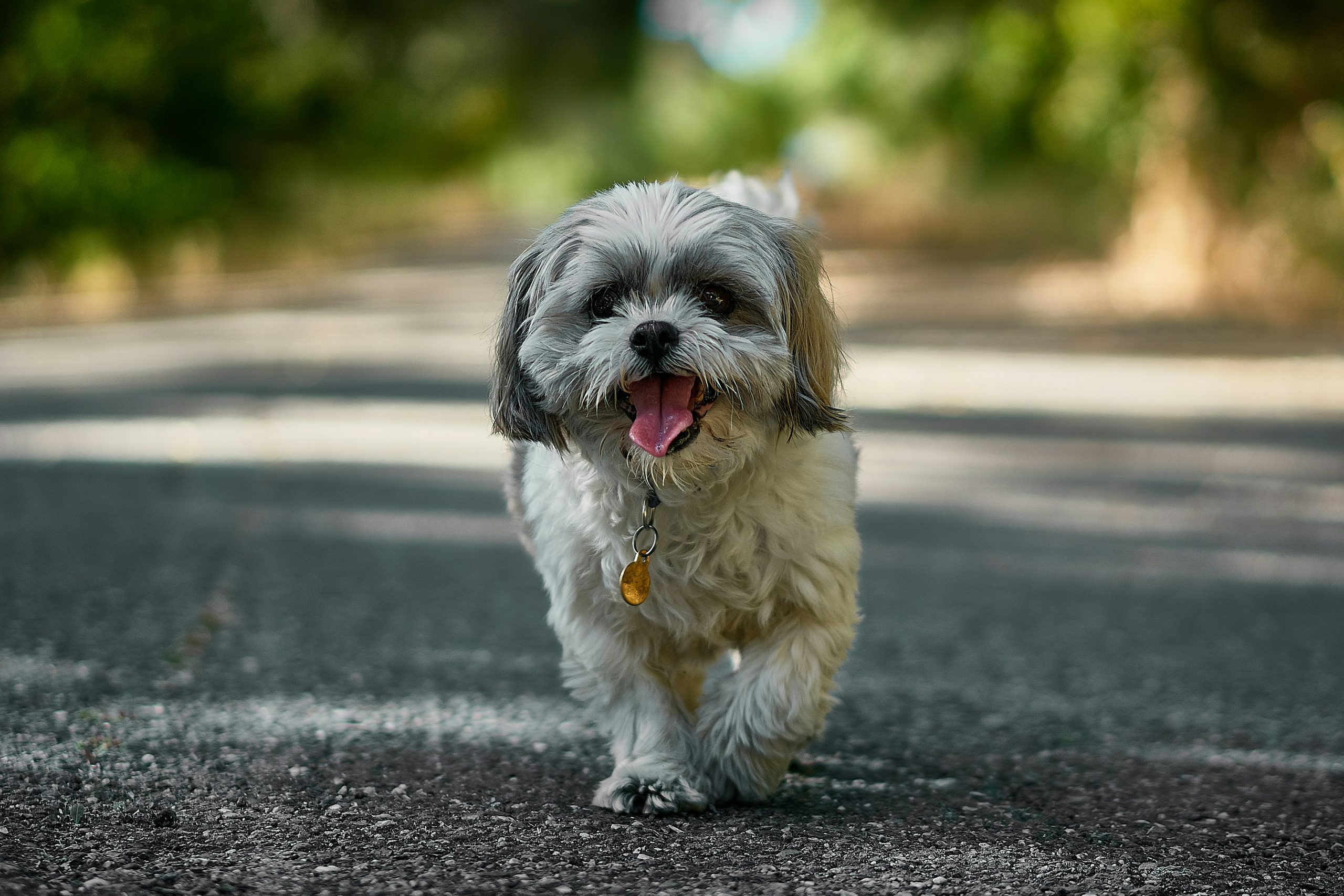
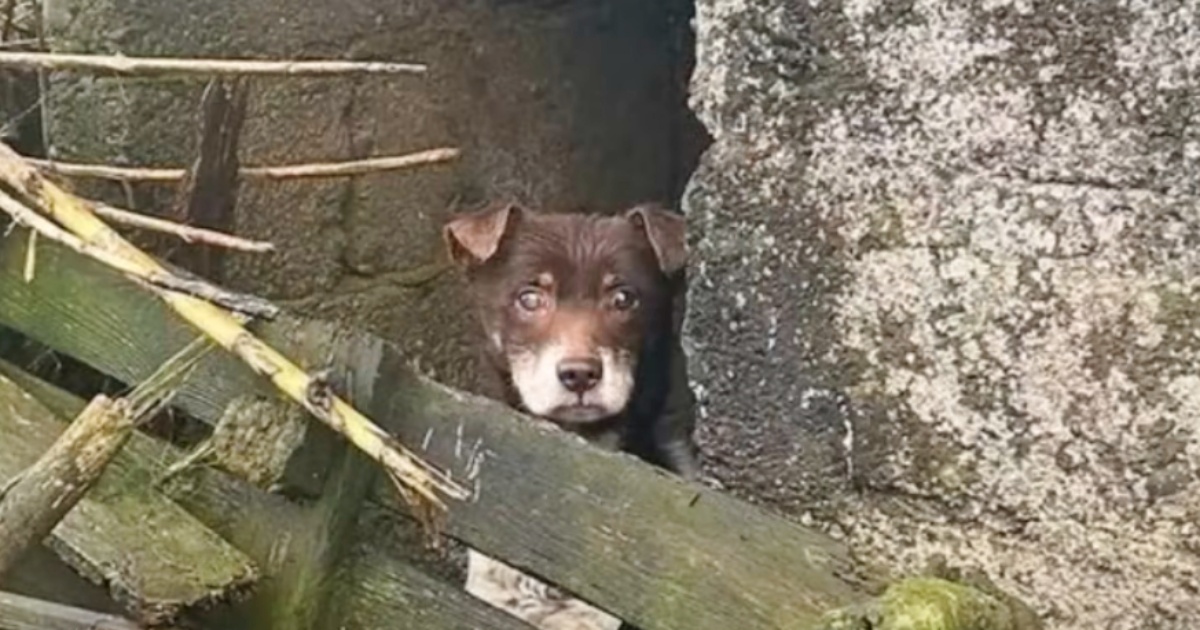
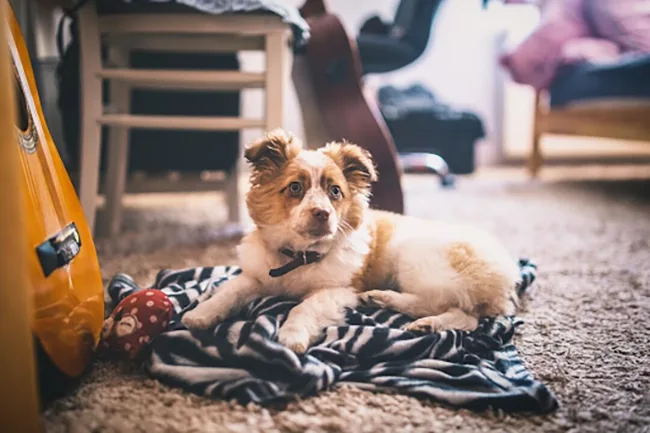
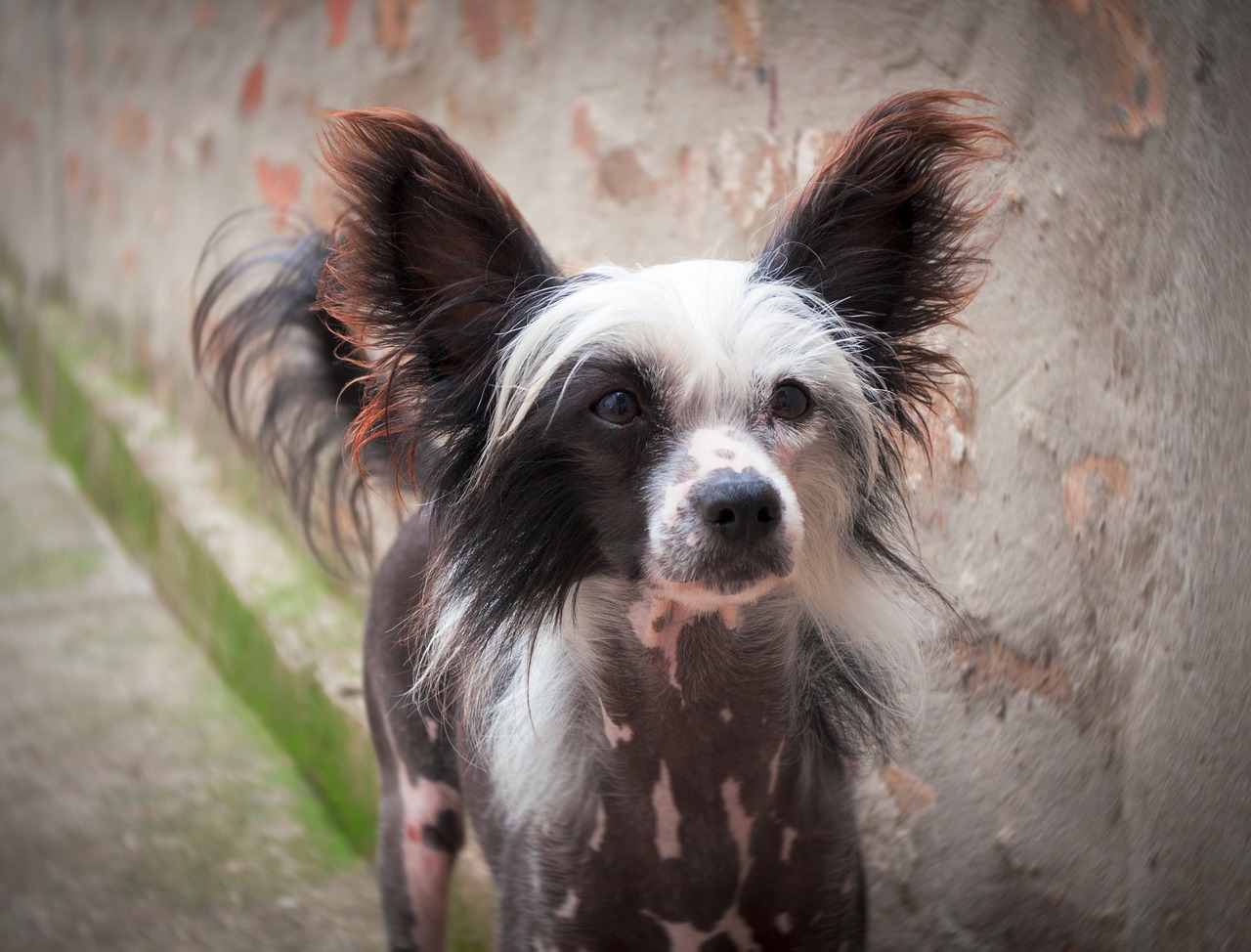


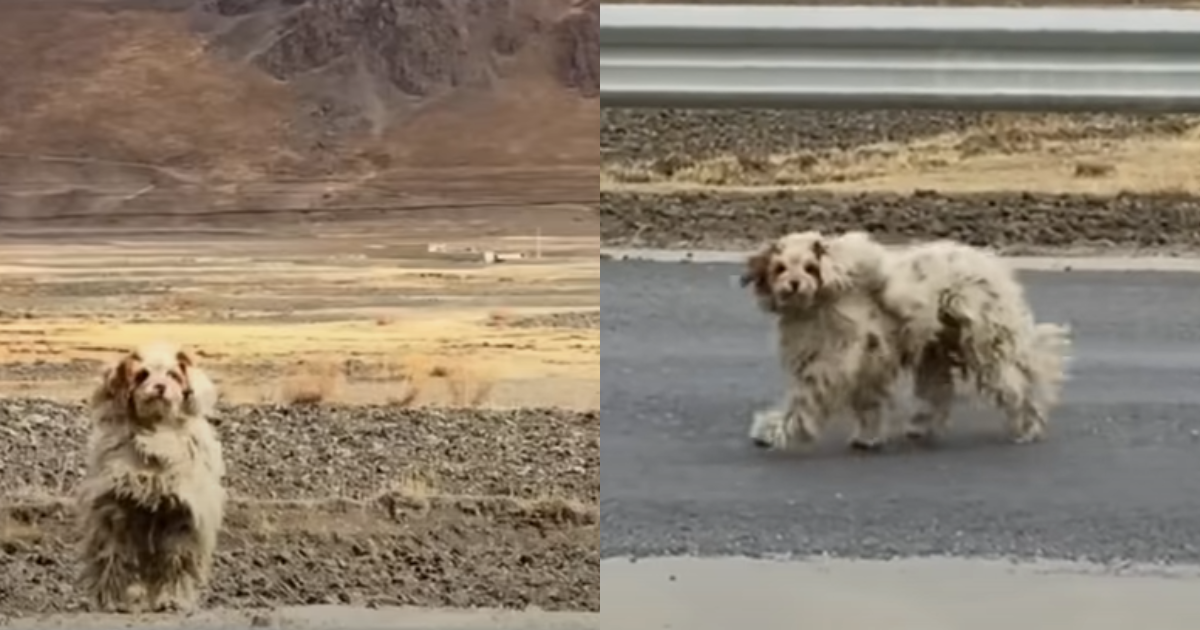
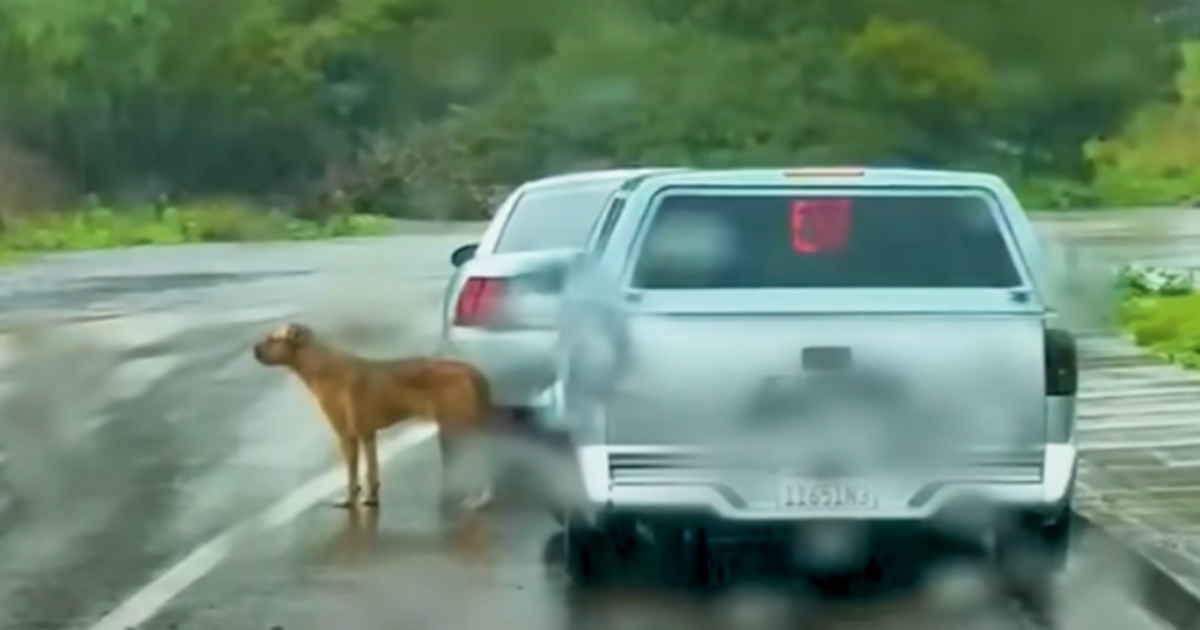
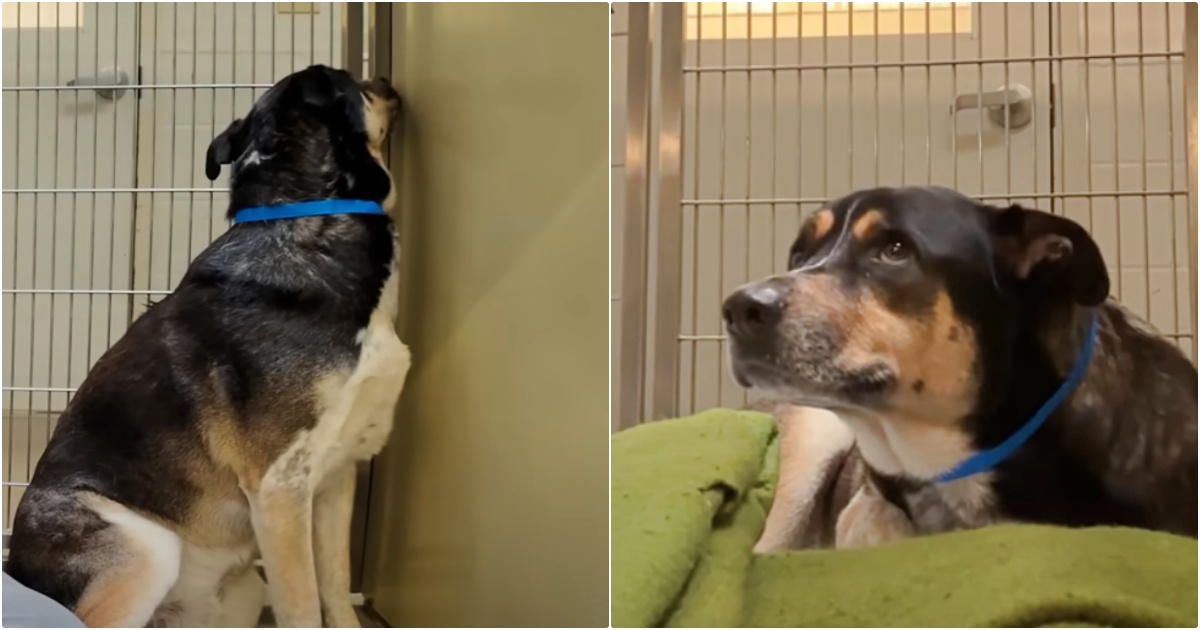
![Cost of a Borzoi Puppy by US Region [2024]](https://iheartdogs.com/wp-content/uploads/2024/04/borzoi-4950553_1280.jpg)
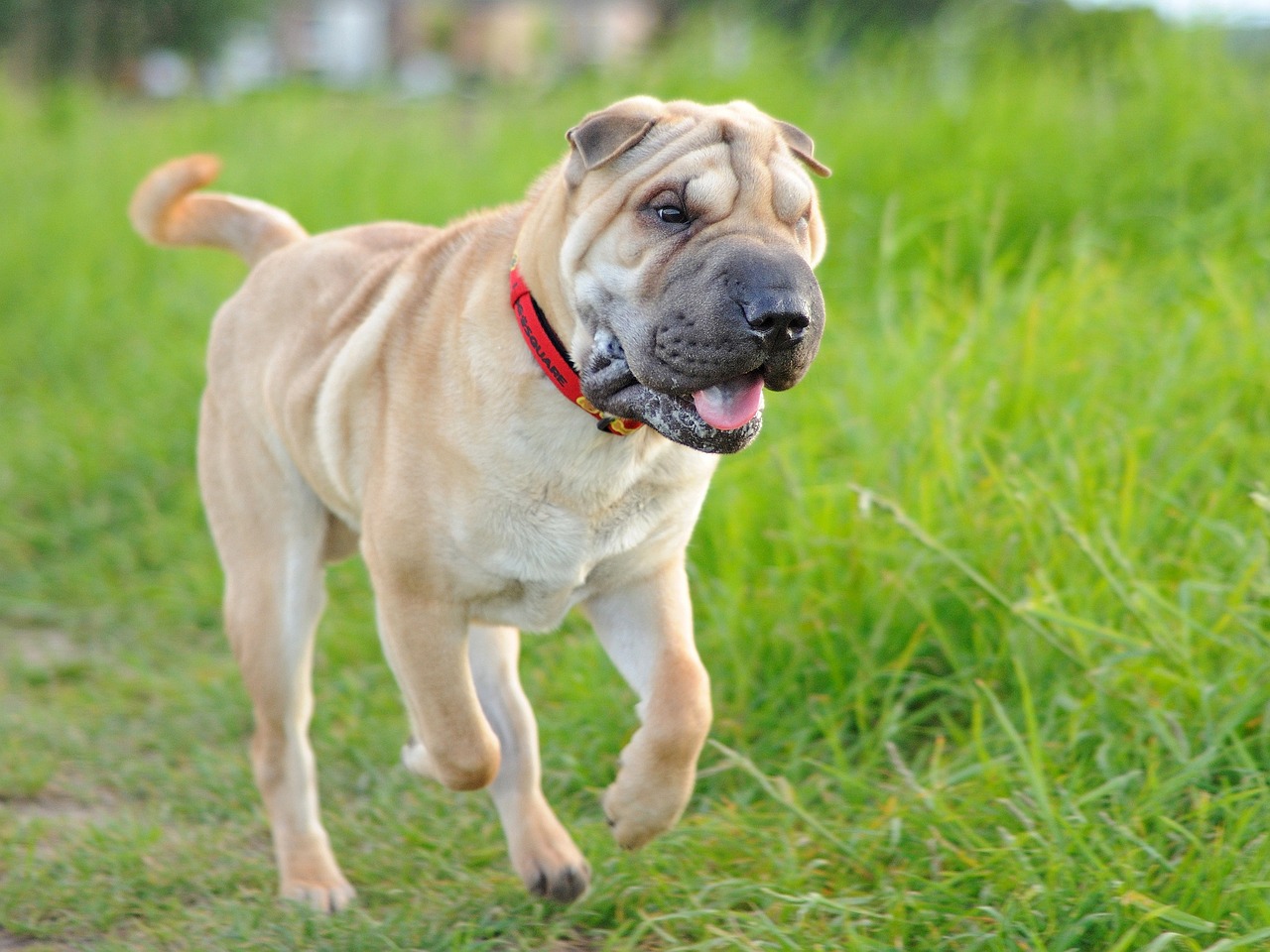
 English (US) ·
English (US) ·